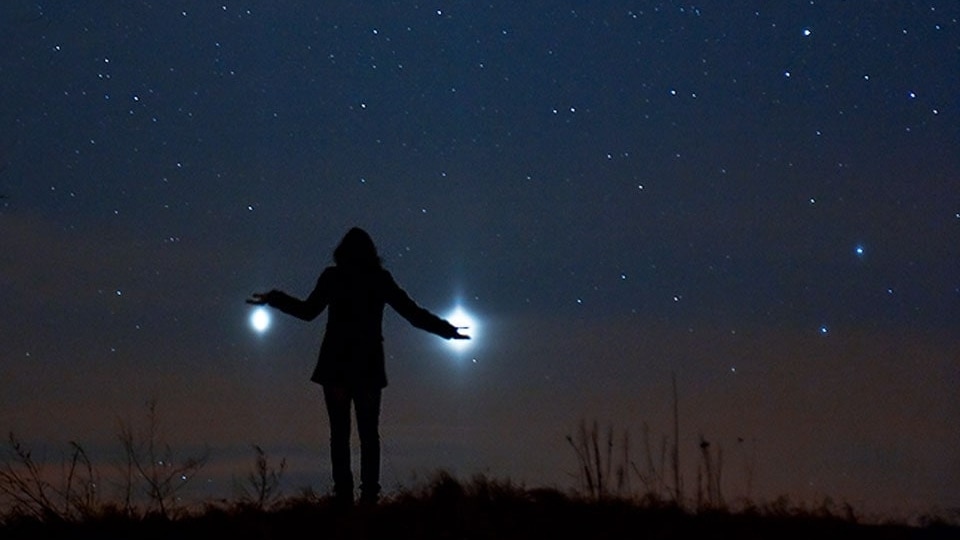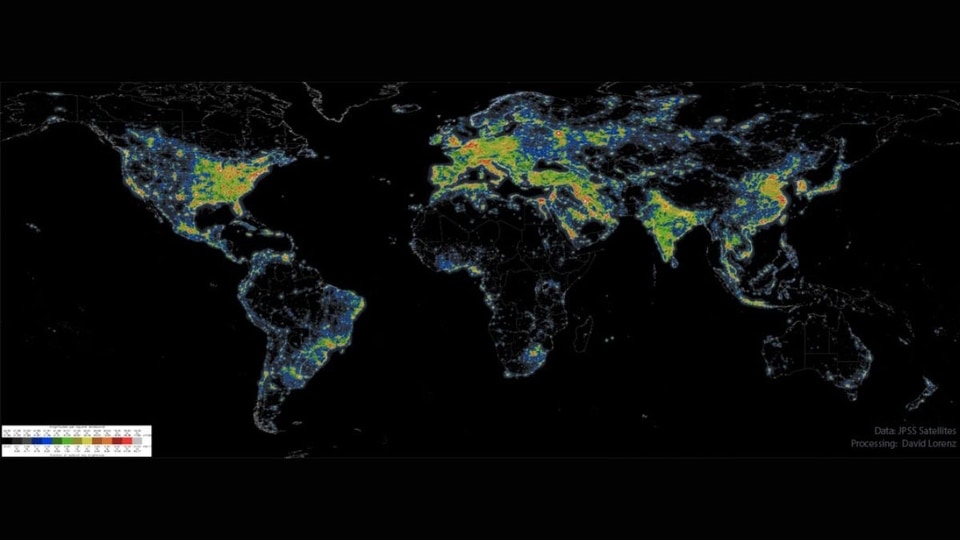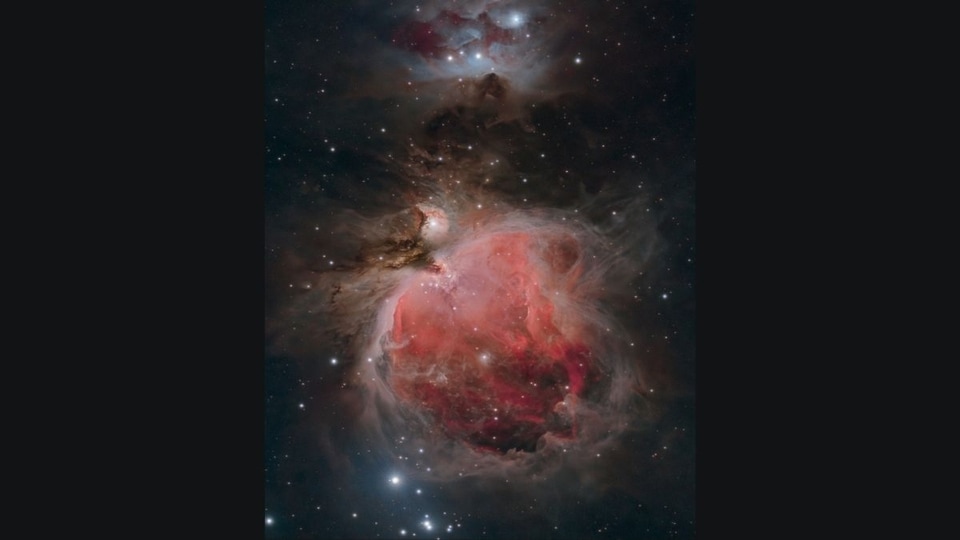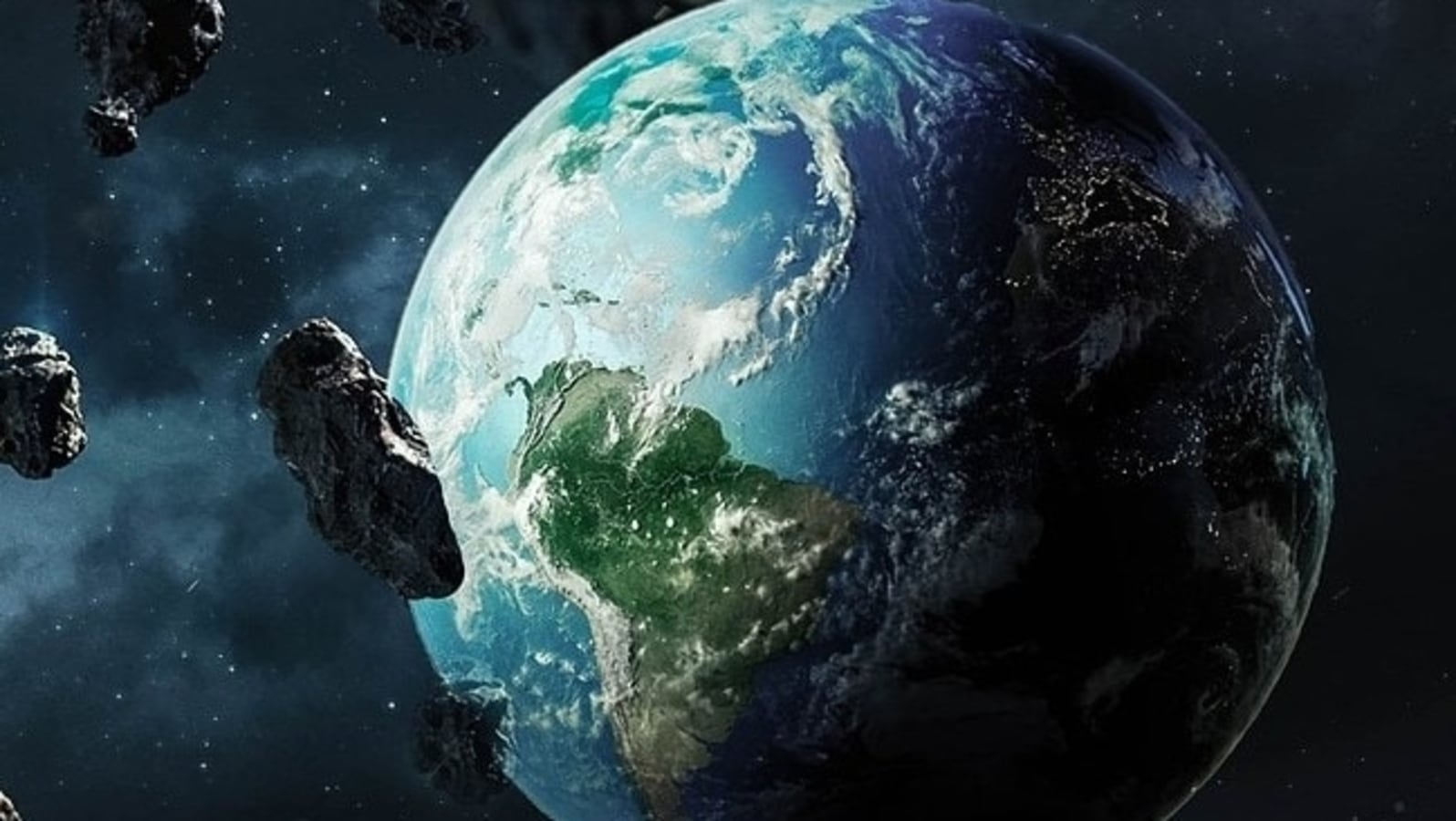450-foot monster Asteroid 2018 UQ1 charging towards Earth! NASA reveals details
NASA has revealed that an enormous asteroid is on its way towards Earth and could make a close approach as soon as today.






 View all Images
View all ImagesWith the help of ground-based telescopes such as the Pans-STARRS1 in Maui, Hawaii and the Catalina Sky Survey near Tucson, Arizona, NASA has identified thousands of near-Earth objects such as asteroids. Moreover, NASA's space-based telescope called NEOWISE has identified hundreds of others while scanning the skies at near-infrared wavelengths of light from its polar orbit around Earth. NASA uses its ground-based radar to gather precise data about the asteroid's path and its characteristics.
This advanced tech helps NASA discover new asteroids nearly every day and one has been predicted to approach Earth today too.
Asteroid 2018 UQ1
An asteroid named Asteroid 2018 UQ1, will make its closest approach to Earth today, March 17, NASA has revealed! It will pass Earth at a distance of approximately 4.1 million kilometers. Though asteroids pass by Earth every day, Asteroid 2018 UQ1 is particularly worrying due to its mammoth size. This is an approximately 450-foot wide asteroid, making it nearly as big as a skyscraper!
The asteroid is already travelling towards Earth, at a blistering speed of 42037 kilometers per hour. According to NASA, it belongs to the Apollo group of asteroids, which are a group of Near-Earth asteroids named after the humongous 1862 Apollo asteroid, discovered by German astronomer Karl Reinmuth in the 1930s.
Although this asteroid is not expected to collide with Earth, a slight deviation in its trajectory due to the Earth's gravitational pull can send the asteroid hurtling towards Earth for an impact.
Advantages of studying asteroids
Scientists study asteroids to learn more about the early solar system and the conditions that existed when the planets were forming. Asteroids can also provide valuable resources such as water, metals, and other minerals. One such discovery was made by studying an asteroid.
Until now, it was believed that water was already present on Earth from earliest times. However, a recent study has made an astonishing discovery that puts this very thought into doubt. The study has revealed that water may have originated on asteroids.
Catch all the Latest Tech News, Mobile News, Laptop News, Gaming news, Wearables News , How To News, also keep up with us on Whatsapp channel,Twitter, Facebook, Google News, and Instagram. For our latest videos, subscribe to our YouTube channel.





























